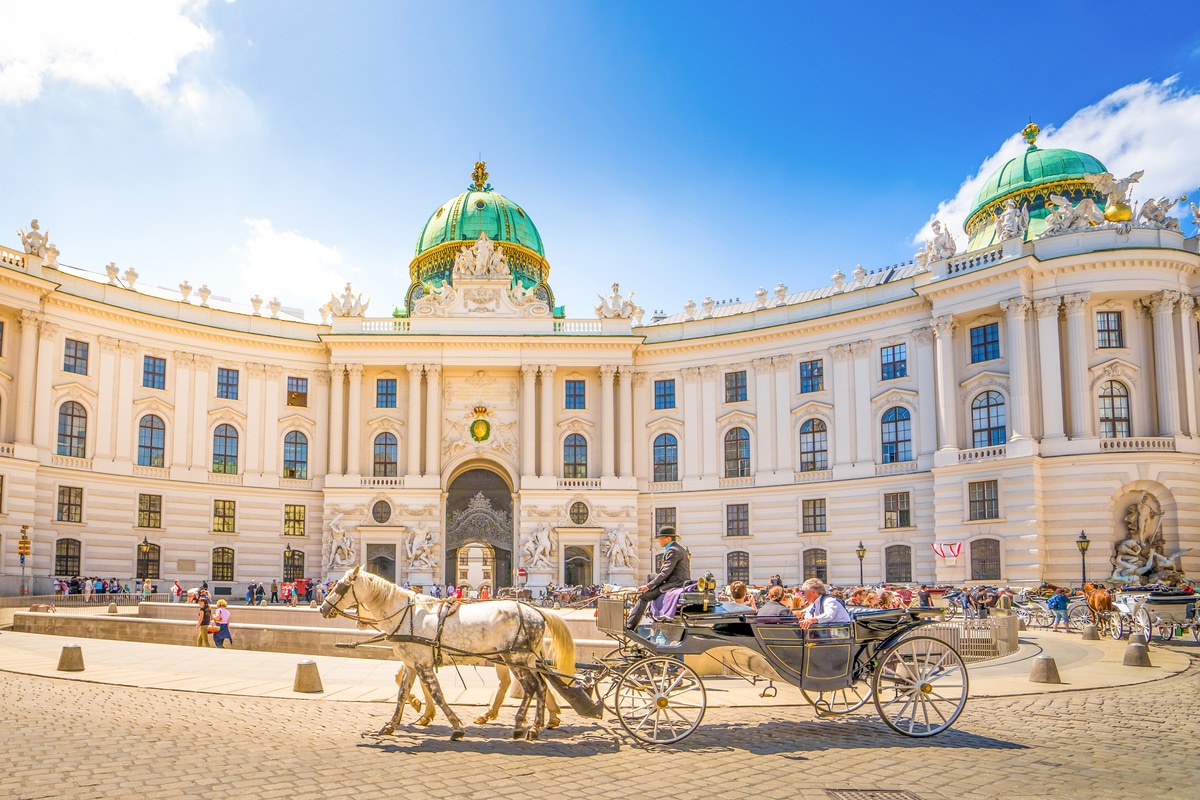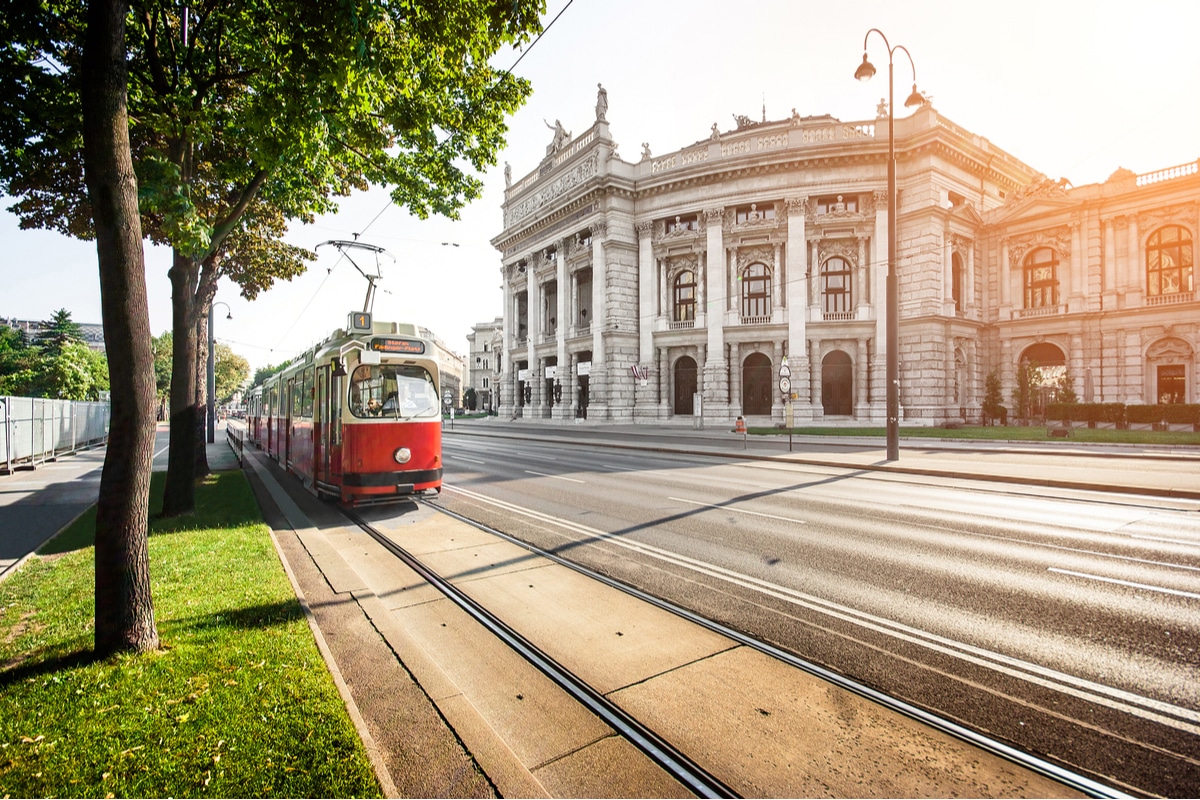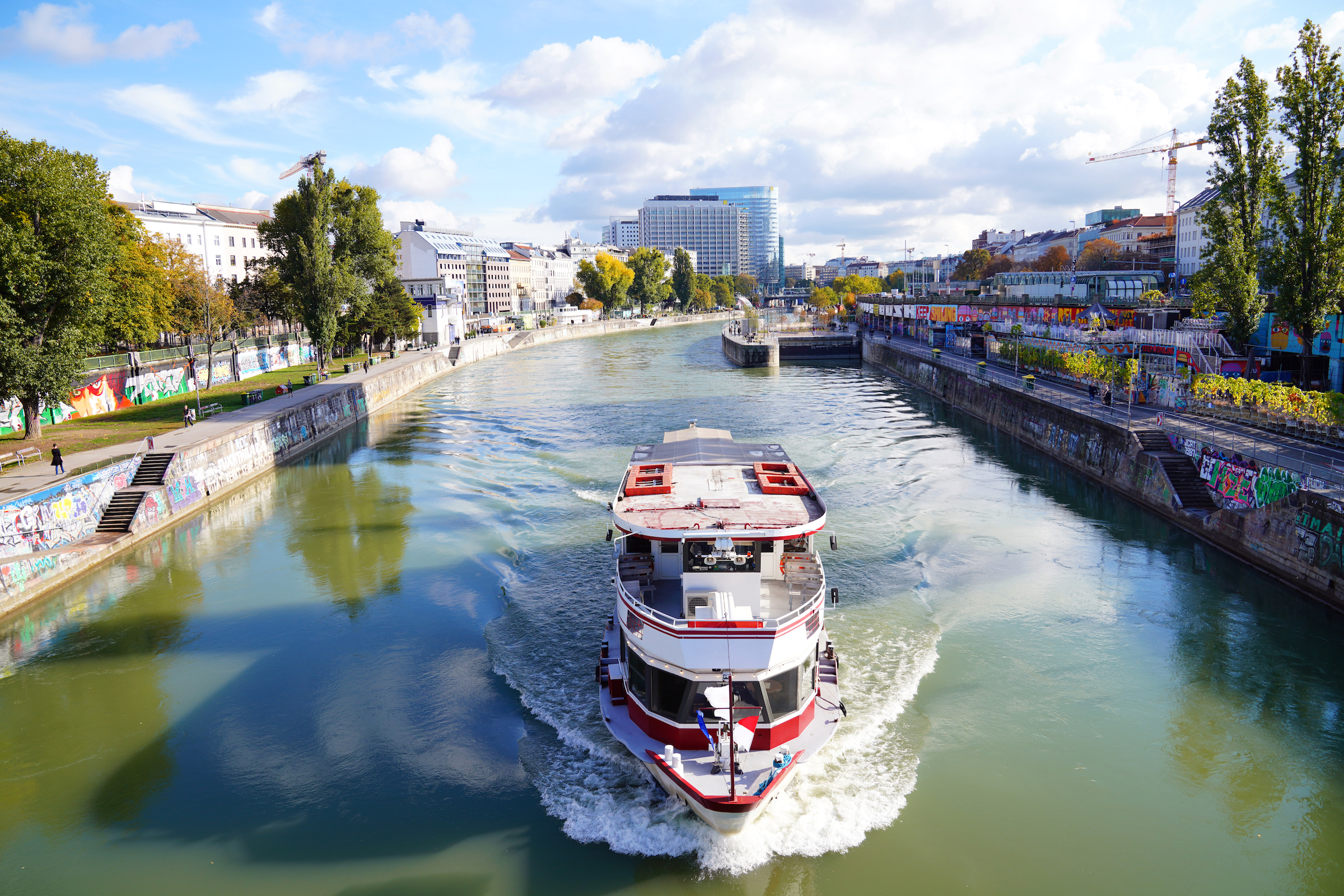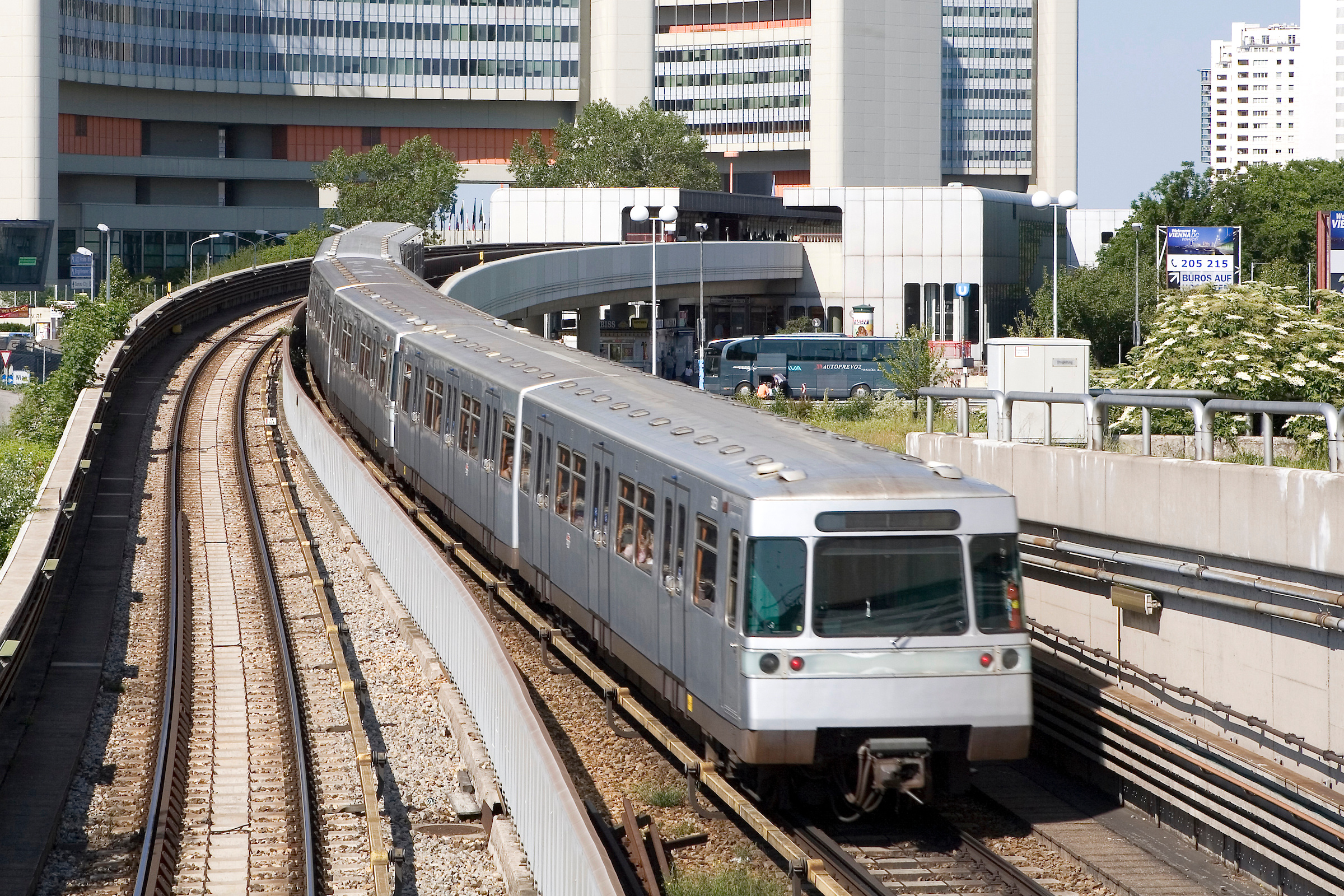Palm House Schönbrunn
The palm house in the park of Schönbrunn Palace, which was commissioned by Emperor Franz Joseph, houses numerous Mediterranean, tropical and subtropical plants.
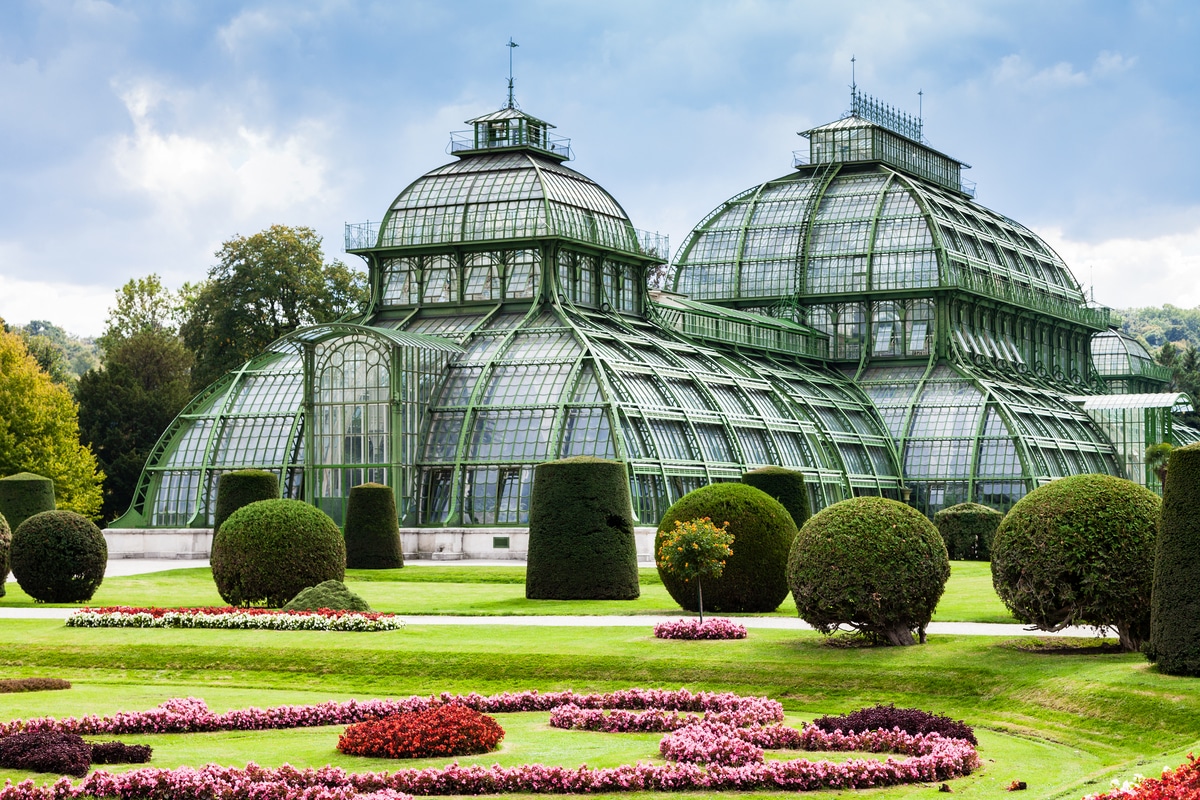
The history of the Palm House
Originally built as a summer residence for Empress Maria Theresa, Schönbrunn Palace in the 13th district is now one of Vienna's most famous sights. Not only the impressive building with 1,441 rooms, but also the 160-hectare park has been declared a UNESCO World Heritage Site.
One of the highlights of the green oasis is the Palm House, which Emperor Franz Joseph opened on 19 June 1882 after only two years of construction. The plans for the building, which cost 100,000 gulden, were drawn up by the court architect Franz-Xaver von Segenschmid. Not all media representatives were enthusiastic about the construction of glass and iron; to some the building reminded them of a railway station concourse. During the great hardship of the First World War, vegetables were grown in the Schönbrunn Palm House, and the proceeds from their sale went to a fund for poor gardeners. A bombing raid towards the end of the Second World War destroyed almost all the glass windows of the Palm House. For the reconstruction in 1948, 45,000 new panes were installed. 120 tons of cast iron and 600 tons of wrought iron were used for the 111 meter long building.
Greenhouse of superlatives
With a floor area of 2,500 square metres, the Schönbrunn Palm House is one of the largest of its kind in the world. The interior is divided into three areas representing different climatic zones. In the largest room, plants from the Mediterranean region, South Africa, America and Australia are on display. Particularly impressive is the Maria Theresa palm, which is around 23 metres high and has already had to be replaced several times. The approximately 350-year-old olive tree is also impressive.
In the southern room of the Palm House, visitors discover colourful orchids, ficus and palm garden. The northern part of the Palm House, known as the Cold House, displays an impressive collection of camellias. It is also home to rare animals such as swarming toads, zebra finches and canaries.
